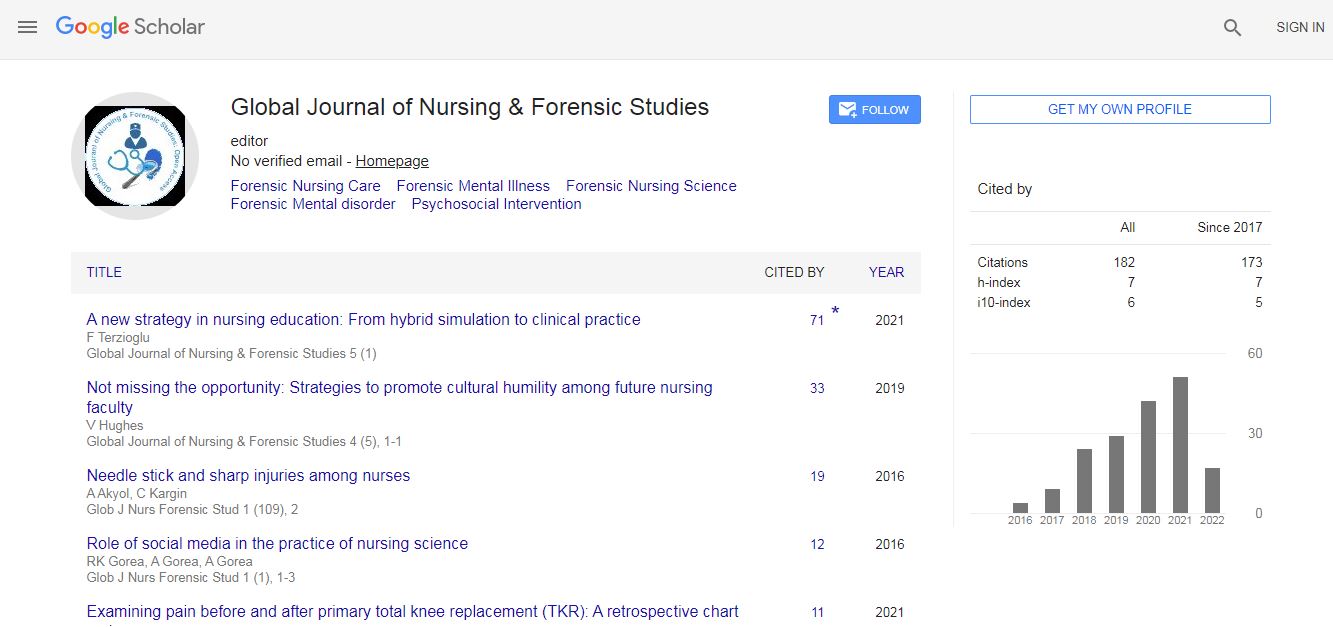Our Group organises 3000+ Global Conferenceseries Events every year across USA, Europe & Asia with support from 1000 more scientific Societies and Publishes 700+ Open Access Journals which contains over 50000 eminent personalities, reputed scientists as editorial board members.
Open Access Journals gaining more Readers and Citations
700 Journals and 15,000,000 Readers Each Journal is getting 25,000+ Readers
Google Scholar citation report
Citations : 82
Optometry: Open Access received 82 citations as per Google Scholar report
Indexed In
- Google Scholar
- RefSeek
- Hamdard University
- EBSCO A-Z
- Euro Pub
- ICMJE
Useful Links
Recommended Journals
Related Subjects
Share This Page
The association between relative peripheral refraction and myopia
11th Global Ophthalmologists Annual Meeting
Lianhong Zhou
Renmin Hospital of Wuhan University, China
ScientificTracks Abstracts: Optom open access
Abstract
Objective: To evaluate the relation between relative peripheral refraction and myopia by studying the characteristics of retinal peripheral relative refraction in children with emmetropia, low myopia or moderate myopia. Method: 90 children (with 165 eyes included) at the age of 7-12 years old, who have attended to Pediatric Ophthalmology Clinic, Renmin Hospital of Wuhan University in September 2016 to February 2017 were included in the study. Axial dimensions and peripheral refraction are measured. The 90 subjects with 165 eyes included were divided into three refractive categories according to the spherical equivalent based on objective retinoscopic findings under cycloplegia: Emmetropia group (>-0.5 and â�?¤+0.50 D, n=27), low myopia group (>-3.00 D and â�?¤-0.50 D, n=112) and moderate myopia group (>-6.00 D and â�?¤-3.00 D, n=26). Peripheral refractions were measured in uncorrected state along 15 degrees and 30 degrees from central fixation in both nasal and temporal fields. The relative peripheral refraction (RPRE) is described as the difference between peripheral refraction and central refraction. Results: There is significant difference in RPRE among the three refraction groups, the RPRE is increased from emmetropia, low myopia to moderate myopia (p<0.05). As changing of fixation angles, it decreases progressively from temporal 30 degrees, nasal 30 degrees to temporal 15 degrees and nasal 15 degrees (p<0.05). The RPRE shows relative hyperopia in low and moderate myopia, which is greater at the surrounding retina than macular center (p<0.05) and is greater at the temporal fixating angles than nasalâ�?�?s (p>0.05). The axial length is negatively relative with spherical equivalent refraction (r=-0.564, p=0.001) and is positively relative with RPRE, which is more strongly to the temporal fixation angles, as the correlation coefficient in T30 �?°sâ�?�?, T15 �?°sâ�?�?, N15 �?°sâ�?�? and N30 �?°sâ�?�? RPRE are r=0.347, p=0.001; r=0.341, p=0.001; r=0.199, p=0.004; and r=0.199, p=0.001, respectively. Conclusions: Peripheral retinal relative refraction status shows relatively hyperopic that increases vary from emmetropia, low myopia to moderate myopia. Occurrence and progress of myopia may have intimate connection with total field retinal hyperopic defocus, but it plays a greater role in the temporal retinaBiography
Lianhong Zhou has completed her PhD from Wuhan University. She is the Professor, Tutor at Renmin Hospital of Wuhan University or People’s Hospital of Wuhan University. She has published more than 85 papers in reputed journals so far.

 Spanish
Spanish  Chinese
Chinese  Russian
Russian  German
German  French
French  Japanese
Japanese  Portuguese
Portuguese  Hindi
Hindi 